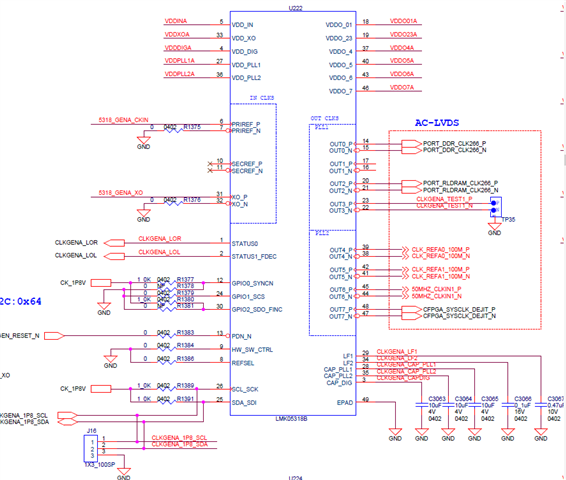Other Parts Discussed in Thread: LMK05318BEVM, LMK05318B, USB2ANY, MSP430F5529
Hi Team,
Our customer is using the LMK05318BEVM evaluation module and encountered an error message "Error writing into register" as shown in the screenshot below.

According to our customer,
When I try to scan for I2C address I get no devices found.
When I look at the directions on Step:7 of the tool, Item 2 says use "EVM Quick Start" tab. There is no such tab in the tool.
I'm using the demo board in the 'out of the box' configuration. Is there a setup issue?
Regards,
Danilo



